Why I Switched from Nikon to Fuji: A Landscape Photographer’s Perspective
![]()
Let me get this clear right from the start: this is not a Nikon bashing post. Rather, it’s a Fuji X Series love story.
I love Nikon. The first ever DSLR I owned was a Nikon, and since then I’ve upgraded a number of times without ever feeling the need to consider a different system.
Why would I? I’m primarily a landscape photographer and have a beautiful 36MP full-frame Nikon D810, and my eyes were firmly set upon the D850 in the not too distant future. Image quality is king for landscape photographers, so switching to an APS-C only system with a maximum resolution of 26MP would be foolish, right?
But a few months ago, my eyes started to wander…
What Changed?
Back in spring, I decided I wanted a small camera that I could carry around everywhere. After much deliberation and testing, I settled on an entry-level Fuji body: the Fuji X-T100.
![]()
This was to be the gateway to my newfound love for Fuji.
The Fuji X-T100 packs an impressive 24.2MP APS-C sensor, deviating from the X-Trans sensors in Fuji’s higher-end cameras. Nevertheless, it produces some stunning images, despite not packing as heavy a punch as my 36MP Nikon D810.
My entry-level walkaround isn’t without its flaws. Due to it being aimed at the lower end of the market, the constant menu-diving to get to advanced features is frustrating, the EVF isn’t quite as snappy as I would like and the eyepiece itself is a pain to use.
It also ships with a, quite frankly, horrific 15-45mm Powerzoom lens. Some people, apparently, love the powerzoom feature. I’m yet to meet one of them, but considering Fuji’s retro aesthetics I’d be surprised if there was a single Fuji X-Series user that likes this lens.
That being said, it still got more use than my Nikon D810…
The retro styling, the beautifully intuitive ergonomics and the fantastic Fuji Film Simulation modes are all joys to use. And then there’s the size difference: it cuts about 30% off the size of the D810 and weighs less than half as much.
The fact I was using this entry-level mirrorless camera with a lens I hated was enough of a sign for me that I should start considering my options.
After much deliberation, I decided to jump ship from Nikon. I bought a Fuji X-T2 and a couple of primes and waited with bated breath for the delivery man.
What Fuji Gear Did I Buy?
Good question!
I didn’t go the full nine yards straight away. Instead, I dipped my toe in the water by buying the camera body and two highly rated but affordable prime lenses. Because I love prime lenses!
Fuji X-T2
![]()
Before the release of the Fuji X-T3 (we’ll get to that later), this was Fuji’s flagship APS-C camera body.
Features
It has the same resolution as the Fuji X-T100, although it uses one of Fuji’s X-Trans sensors instead of the X-T100’s Bayer offering. This is proposed to offer improved color rendition, but in the real world the differences are negligible.
The feature list is respectable, although not exactly mind-blowing in this day and age. It has two SD card slots, 8fps continuous shooting, a 325-point autofocus system, tilting LCD, focus peaking and 4K video recording. Pretty standard stuff at this point.
Handling
However, the handling and ergonomics are just out of this world. The body itself feels sturdy and premium (and is fully weatherproof, I might add), and going back to the use of mechanical dials to change settings is a refreshing change of pace. Fuji’s film simulation modes are famously gorgeous too.
Not to mention that, after using a DSLR for all these years, being able to actually see my exposure preview in the viewfinder before pressing the shutter is massively helpful.
Downsides
The one glaring downside is the decreased battery life of just 340 shots, but the overall improvement in handling more than makes up for this.
My experience with the X-T100 had me on the fence between Fuji and Nikon. I bought the Fuji X-T2, but couldn’t let go of my trusty D810 until I was sure this was what I wanted.
The X-T2’s improved handling and quality-of-life improvements had me convinced within a couple of days. The sale of the Nikon gear followed soon after.
Samyang/Rokinon 12mm f/2
![]()
Every photographer’s favorite manual-focus third-party lens manufacturer was the first on my hit list: Samyang (or Rokinon, depending on where you live).
I wanted a wide-angle prime lens that would be suitable for astrophotography, and this fit the bill perfectly.
Build Quality and Image Quality
Despite being towards the more affordable end of the spectrum, the Rokinon 12mm f/2 feels very well made. The aperture and focus rings both have a nice level of resistance, and while the lens is made of plastic it doesn’t feel plasticky.
Image quality is excellent too. It’s not quite up there with Fujifilm’s high end prime lenses, but you have to look pretty hard to find any faults here.
![]()
Autofocus (or not)
Obviously there’s no autofocus capabilities, but with such a wide lens it really isn’t difficult to achieve perfect manual focus. This is especially true when combined with focus peaking, which is by far one of my favorite feature of mirrorless cameras.
Set this lens to infinity and you won’t go far wrong!
Fujinon XF 35mm f/2 R WR
![]()
One thing that attracted me to Fuji in the first place was their stellar reputation for producing incredible lenses. You’d be hard-pressed to find a poor quality Fuji lens.
In fact, that 15-45mm Powerzoom (which I hate) that comes with the X-T100 is about as bad as your going to get, and even it delivers more-than-respectable image quality.
This particular lens, the Fuji 35mm f/2 R WR, is one of the cheaper options in the line-up, but it doesn’t scrimp on image quality. We’ll see that a bit later on when we compare it to the Nikon D810 with 50mm f/1.8 attached.
Competition
The 35mm f/2’s nearest competition is the Fuji XF 35mm f/1.4, which obviously offers a wider maximum aperture. However, it’s also much more expensive, bigger, heavier, and not weather-sealed. Even when budget is no consideration, it’s a very close call between these two lenses.
Design
One thing to note about this lens is the slightly peculiar design. Unlike other lenses, the 35mm f/2 is widest at the lens mount, tapering off to its narrowest at the end. It’s a bit odd to look at, but it shouldn’t affect your shooting in any way.
Why the Fuji X-T2 Instead of the X-T3?
Simply put, it was a cost-benefit analysis. The Fuji X-T3 would have cost significantly more than the X-T2, and I could put that extra cash into the purchase of a new lens instead.
Sure, if you have no concerns about budget then the X-T3 is a better choice, but for me it just didn’t make sense. There are plenty of improvements in the Fuji X-T3, but none of them would have made a tangible, real-world difference to my style of photography.
That style, for the most part, is slow and considered landscape photography with the odd blast of action photography; however, even when shooting galloping horses I don’t think I’ve ever maxed out continuous shooting on any of my cameras.
That’s not to say that the X-T3 isn’t worth the extra money for other photographers though. Take a look at the improvements for yourselves and then decide:
- Improved Sensor – 26.1MP compared to 24.3MP, but with a new backside illumination design. This should improve dynamic range and low-light performance, but it seems to make minimal difference in the real world.
- Touch Screen – The X-T3 adds touch screen functionality to the LCD screen and increases EVF resolution to 3.69 million dots compared to the X-T2’s 2.36 million.
- Autofocus – This is the biggest real world improvement, with claims that it can focus 1.5x faster than the X-T2, and adds improved low-light capabilities and face & eye detection.
- Burst Shooting – The X-T3 ups the maximum burst speed from 8fps (mechanical shutter) or 14fps (electronic shutter) to 11fps and 20fps, respectively.
- Video Improvements – The Fuji X-T3 can record 4K up to 60fps and records 10-bit color, that’s twice the frame rate of the X-T2’s 4K capabilities. There are also a bunch of other video upgrades, with the general conclusion being that, if you want to shoot video, the X-T3 is the obvious choice.
- Battery Life – Minor improvement of 390 shots vs 340 shots.
- Bluetooth – Does what it says on the tin.
There you have it! If any of those upgraded features are deal-breakers for you (the new autofocus system would be massively advantageous in portrait or wedding photography), then the Fuji X-T3 may well be worth the extra money.
How Does the Fuji X-T2 Compare to the Nikon D810?
So, does it stack up? How does this semi-pro mirrorless camera compare to the professional grade, heavy duty Nikon D810, which was basically designed with landscape photographers in mind?
Bear in mind that this is entirely my own opinion. I’m not the sort of person to delve into extensive lab tests to discover minute differences between the cameras. There are plenty of excellent websites out there that already do that labour intensive work (such as CameraLabs).
For me, it’s all about day-to-day usability and whether the image quality is up to standard in the real world. That is to say, on screen and on paper.
Image Quality
This was my big concern when jumping ship from Nikon to Fuji. My D810 was a 36MP, full-frame sensor beast that was perfect for my favoured landscape photography. High ISO capability is excellent thanks to the full-frame sensor, and the resolution from those 36 million pixels is insane.
Would the 24MPs of the Fuji X-T2 even compare?
As it turns out, yes! 24MP may be modest by today’s standards, but it’s still plenty. Resolution is excellent, the color rendition is gorgeous, and many scientific tests have shown the high-ISO capabilities to be fantastic all the way up to 12,800.
Enough talking, here’s a real world comparison. These were shot within minutes of each other at the same aperture and similar effective focal length. Both RAW and both unedited (save for importing to Lightroom and then instantly exporting).
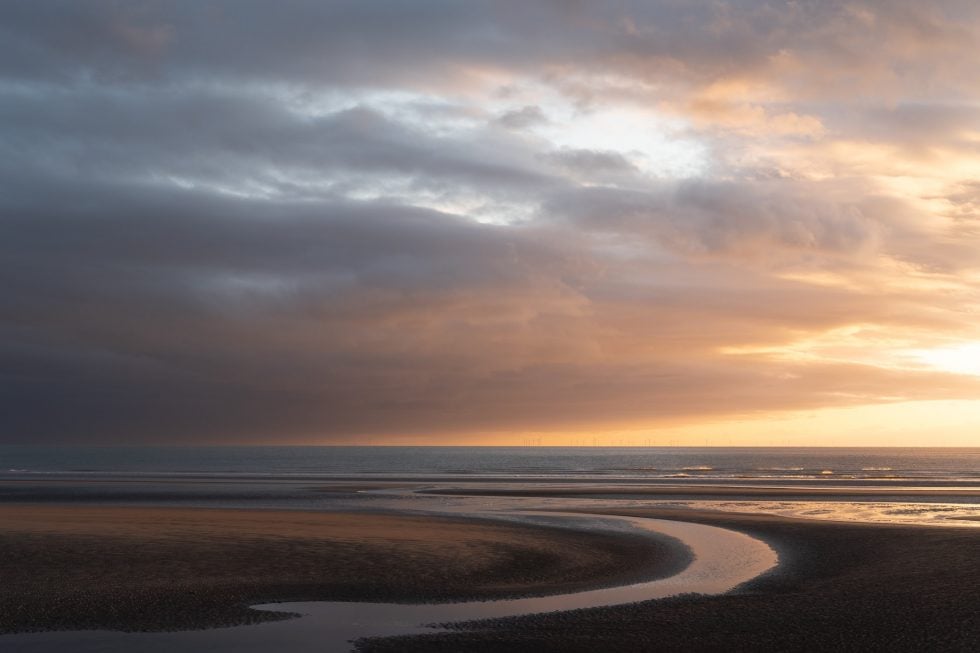
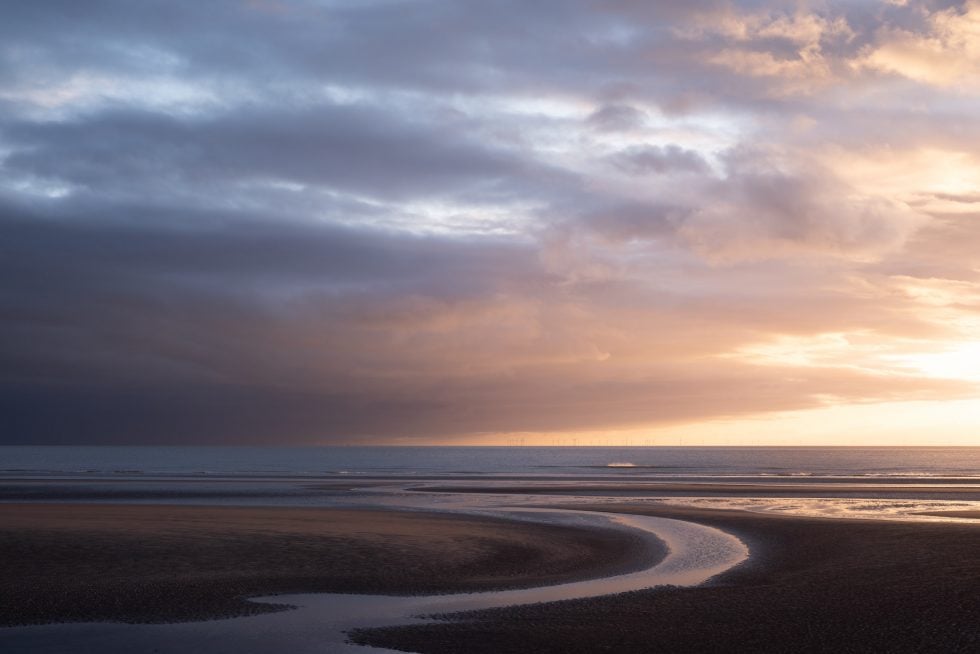
There’s very little to choose from between the two SOOC shots. I prefer the colors of the Fuji X-T2 shot, but it’s a close call.
Now, here’s the 100% crop of them both. Pretty impressive on both counts, right?
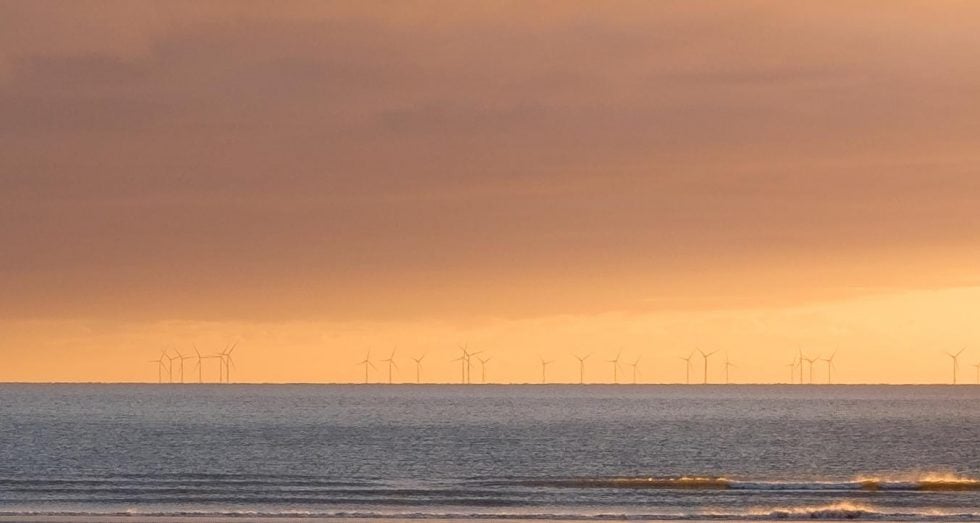
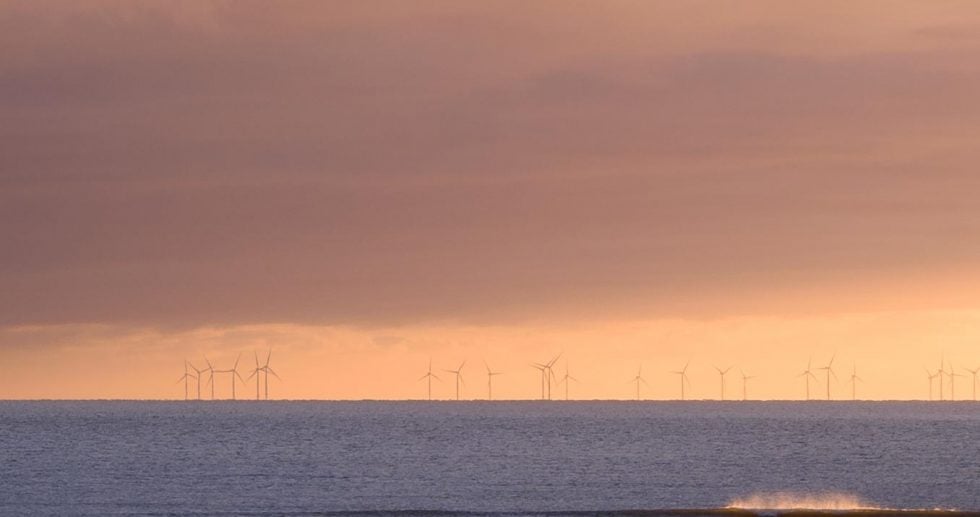
Obviously the resolution of the Fuji X-T2 isn’t quite up there with the D810, but I love the color rendition and the famous Film Simulation modes available to me. I can and have printed images to an excellent standard at A3, and to be honest if I was going any bigger than that I’d probably choose to stitch a panorama whether I had 36MP or 24MP at my disposal.
Finally, here’s the fully processed versions of the original shot:
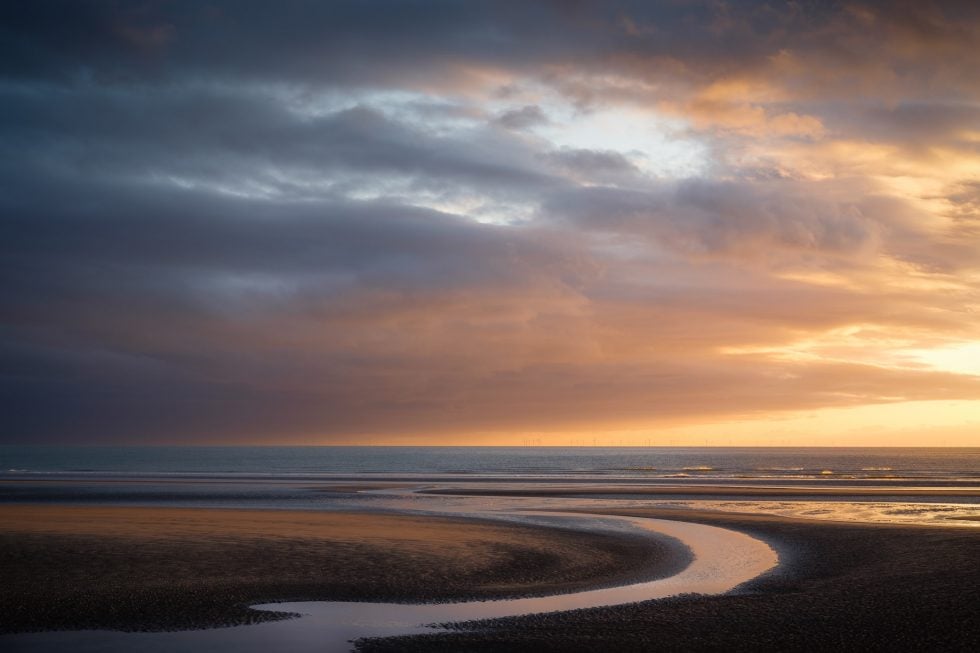
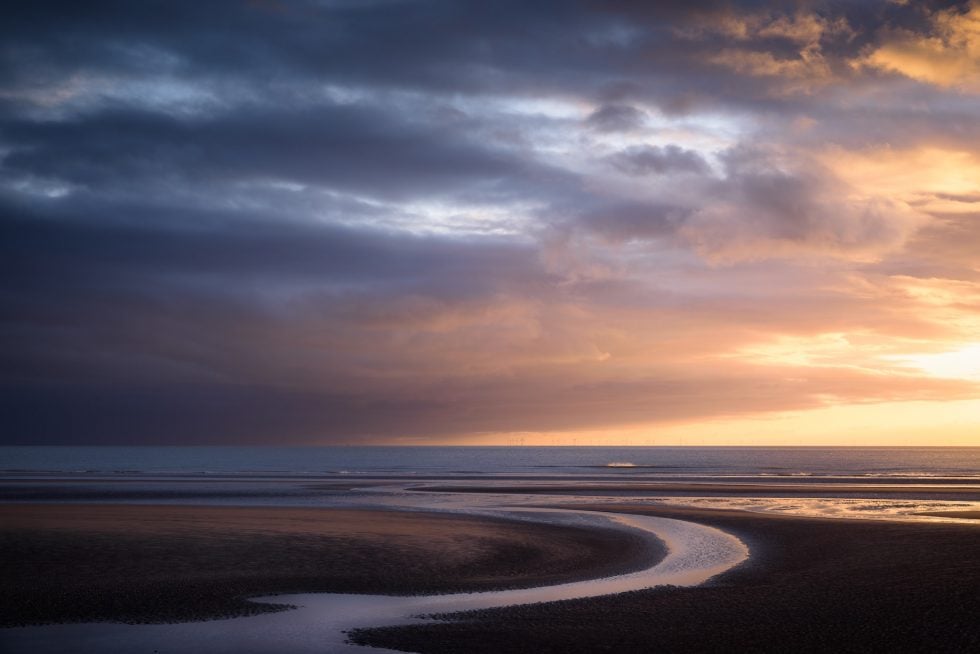
Verdict: Nikon D810 edges it in resolution but the Fuji X-T2 is more than capable and has superb color rendition.
Build Quality and Handling
This is where I always knew that the Fuji X-T2 would outshine the D810. As I’ve already mentioned, it’s the main reason I decided to make the switch in the first place!
Size and Weight
The first thing you notice is the size difference. The X-T2 is much smaller (133x92x49mm vs 146x123x82mm, to be precise) and almost half the weight.
That may not seem like a deal breaker, but when you factor in the size and weight difference of the lenses (APS-C lenses are generally smaller and lighter than full-frame lenses) it makes a huge difference. My camera bag is half the weight it was, and that’s not an exaggeration!
Build Quality
There’s not much to say here. Both the Fuji X-T2 and the Nikon D810 are wonderfully built. Both feel solid as a rock and both are weather sealed. Everything about both of these cameras oozes quality.
That being said, I do prefer the Fuji’s aesthetics. The retro styling is gorgeous, but that shouldn’t really come into consideration when buying a camera!
Verdict: Both excellent, but the Fuji X-T2 wins it hands down for me.
Features
Mirrorless cameras have been paving the way in innovation for a while now, but if I’m honest all these added bells and whistles don’t do too much for me.
I tend to shoot still images in manual mode 90% of the time, so most of the features are wasted on me. That being said, there are a few added extras on the Fuji X-T2 that I absolutely love:
- Focus Peaking – Makes using manual focus sooo much easier. My macro photography has improved massively since getting the X-T2.
- Articulating Screen – It doesn’t have the full tilt-swivel LCD screen like many other cameras, but the articulating screen makes shooting from low angles much more tolerable.
- Focus Bracketing – Need that perfect depth-of-field? The Fuji X-T2 will automatically take shots at different focus points.
- Longer Exposure Time – DSLR shutter speed tends to max out at 30 seconds before you have to go into Bulb mode and use an external shutter release. The Fuji X-T2 goes up to 900 seconds in-camera though!
- Shorter Exposure Time – This also goes the other way, allowing you to shoot with shutter speeds up to 1/32000 of a second compared to the D810’s 1/8000s
- Film Simulation Modes – Sure, you can get these on your computer for other cameras, but it’s nice having them in-camera.
That’s about all I’m bothered with, but there are plenty of other major features included with the Fuji X-T2:
- 4K Video Capability
- In-Camera Panoramas
- Built-in WiFi
- On-Sensor Phase Detect – Improved autofocus in live view and video.
- Much Faster Continuous Shooting – 13.7fps vs the D810’s 5.1fps
The Fuji X-T2 certainly isn’t at the pinnacle when it comes to features, but it does more than enough for my needs (although the D810 did enough too!)
So, if you want as many extra features as possible, mirrorless is certainly the way to go right now.
In the interest of fairness, I must mention that there are plenty of reasons to choose the D810 too. It has that epic 36MP full-frame sensor, a built-in flash, longer battery life, a top panel LCD screen and a huge lens selection, to name a few of its advantages.
Verdict: Another win for the Fuji X-T2.
Conclusion – Do I Regret the Switch?
In a word – No.
Maybe it’s the honeymoon phase talking, but I’ve absolutely loved shooting with the Fuji X-T2. I’ve been taking it everywhere thanks to the reduced size and weight, and the focus peaking has made me fall in love with manual prime lenses again (not to mention rediscovering my passion for macro photography.)
It no longer feels cumbersome to take my photography gear on an afternoon stroll with the family, and that makes it worth its (admittedly small) weight in gold!
It might sound strange for a landscape photographer to make the choice to downgrade in resolution. After all, we are a breed that like long battery life, big sensors and huge resolution. However, there’s an awful lot to be said for portability and convenience. I spend a lot of my photography time hiking up hills and mountains, so being weighed down by 10kg of camera equipment is a real energy drain.
Plus, the Fuji X-T2 is more than capable when it comes to image quality, so there’s no complaints there!
Fuji X-T2 Sample Images
![]()
![]()
![]()
![]()
About the author: Alex Wrigley is the owner and lead writer for Click and Learn Photography. He is an avid landscape, equine, and pet photographer living and working in the beautiful Lake District, UK. You can find more of his work on his website, or by following Click and Learn Photography on Facebook and Instagram. This post was also published here.